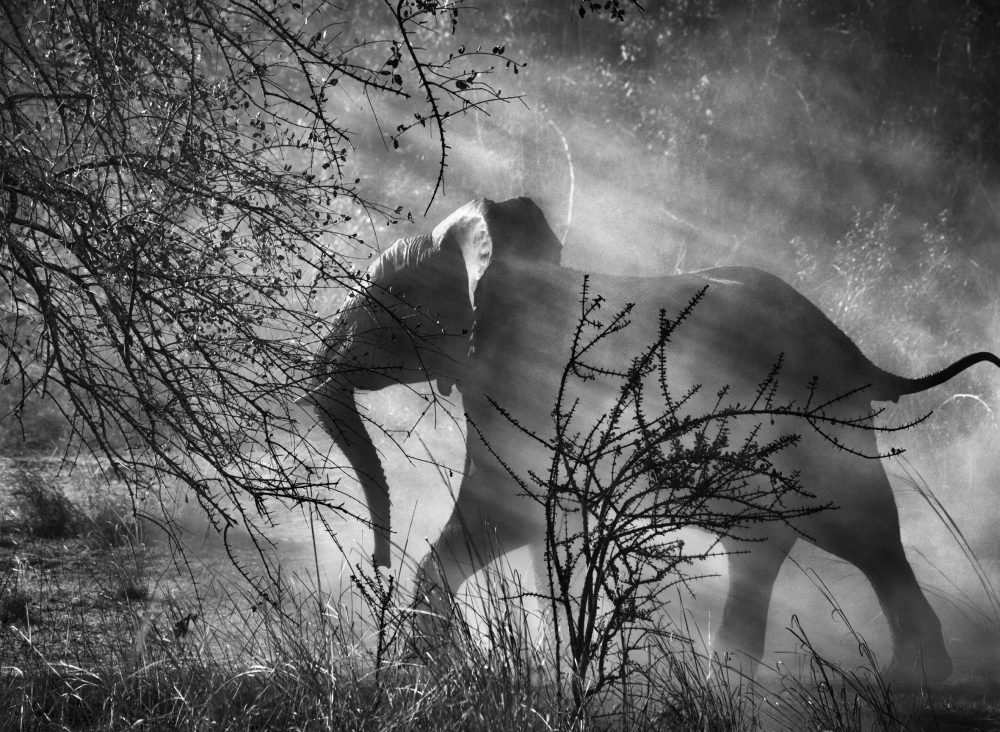by Dario Orlandi
_
Biblical Genesis is the story of a gift, a betrayal and a fall. At the peak of Creation, God gives Man – the most admirable and last of his creatures – a world that is perfect in balance and harmony. God also gives him the possibility to dispose of all creation: while other creatures are bound to limited abilities and habitats, Man will be able to extend and access. However, God sets a limit to this freedom: Man cannot aspire to ultimate knowledge, he cannot change from creature to principle, under penalty of falling.
The epilogue is sadly known: the restlessness of man will lead him to his ruin, to the rising of evil and chaos purged by a devastating flood.
The biblical anecdote, through the allegorical language of myth, reveals the essence of human sin: the will to stand up as an ordering principle, the arrogance that drives him to violate that union of harmony, beauty and goodness, exemplary enclosed in the Greek concept of kalokagathìa. The same abstract intelligence (the “likeness” with God) that allows him to stand free and conscious among creatures is itself a gift of the harmony of which he is a part; the abuse of this gift inevitably leads to the fall.

With his mechanistic narcissism, with the obtuse faith in his own short-term possibilities, contemporary man is yielding again to the temptation to become God, reiterating the error that afflicts him since his mythological appearance. The devastation of natural environments is the contemporary translation of the act of arrogance with which our ancestors broke the pact with harmony.
In this context, Salgado could have given in to the photographic habit of denouncing and collecting the omens of the fall, showing the horrors of human action to a public now anesthetized by the aesthetics of evil and the rhetoric of consumerism. Would it work? How many – from Melville to Sontag – have wondered: does exposure to the iconography of evil produce, in response, good?

Salgado has built a monument to the original world, to that primordial nature with which Man had made a covenant. The nature of Salgado’s story never indulges in the picturesque, it is neither good nor beautiful; it is a generating force, it manifests itself in its powerful and merciless immanence, in its amoral order. It is the temple of a secular pantheism where symbolic pillars recall the original pact with Man and offer themselves as pledges of alliance, defining at the same time a warning, a limen. A metaphysical nature, as metaphysical is the black and white of images (structure, not document), where the man-creature happens as what surrounds him, part of a whole that he can shape on the condition that he does not violate it. There is no wonder in the images of Salgado, but sublime contemplation and sad awareness.

The contemporary Genesis of Salgado is the manifesto of a pact of alliance between Man and Nature, of which the biblical anecdote tells the bitter ending. But unlike the irreversibility of the gesture of picking an apple, the ruin of natural environments is a slow and cumulative phenomenon; less obvious, therefore, but reversible. The translation in a contemporary key of the biblical metaphor therefore leaves open a window: that it is still possible to look at the apple, perhaps quiver to reach it (it is, after all, our demon), but in the end pull back our arm and continue to enjoy our imperfect Eden, leaving the apple where it belongs.
** Genesis is the result of a work that lasted 8 years, carried out during several trips to remote and untouched places on the planet: Amazonia, Congo, Madagascar, Indonesia; Antarctica, Alaska, New Guinea; the deserts of America and Africa, the mountains of America, Chile, Siberia. The exhibition, curated by Lélia Wanick Salgado, has toured many museums around the world. The latest one: the Design Museum (Museum für Gestaltung ) in Zurich, until June 2019.
July 9, 2019




